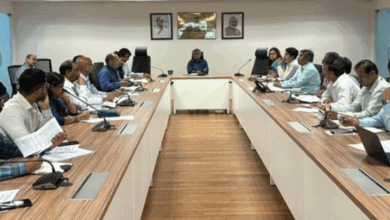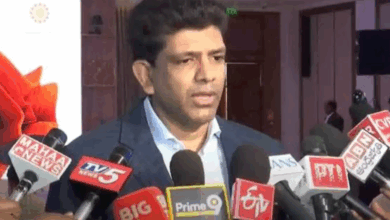Army to begin recruitment rally on 15 Jan 2021 in Secunderabad (Telangana)

This rally is subject to the prevailing COVID-19 situation in January 2021
November 13, 2020 (Delhi): Army recruitment rally under Unit Headquarters Quota will be held at AOC Centre, Secunderabad from 18 Jan 2021 to 28 Feb 2021 for enrolment of Soldier Tech (AE), Soldier General Duty, Soldier Tradesmen, Outstanding Sportsmen (Open Category).
Outstanding Sportsmen (Open Category) are required to report at Thapar Stadium, AOC Centre Secunderabad at 0800 hrs on 15 Jan 2021 for sports trial.
Outstanding sportsmen who have represented in the field of Boxing, Football, Volleyball, Basketball, Handball, Hockey, Swimming, Wrestling, Athletics and Kabbadi can participate along with their certificates of National or International competitions either at senior or junior level. The certificate should not be more than two years old on the date of screening.
The qualifying age bracket for the Soldier GD category is 17 ½ to 21 Yrs. Qualifying age bracket for Soldier Tech (AT), Sol Clk/SKT & Sol Tdn categories is 17 ½ to 23 Yrs.
Educational Qualification for the Soldier GDis Matriculation/SSC with 33% in each subject & 45% aggregate. Education qualification needed for Soldier Trademan (10th Standard) is ‘Passed 10th Standard (33%)’ and that for Soldier Tradesman (8th Std) is ‘Passed 8th standard’. The same for Soldier Tech(AE) is 10+2/ Intermediate Pass in Science with (PCM & English) with 50% marks in aggregate and 40% in each subject. For Soldier Clk/SKT, it is 10+2/ Intermediate pass in any stream with 60% marks in aggregate and minimum 50% in each subject. Securing 50% in English and Maths/Accounts/Book Keeping in class 12th is mandatory.
For other details candidates can contact Headquarters AOC Centre, East Marredpally, Trimulgherry, Secunderabad (TS) 500015. Headquarters AOC Centre e-mail Address- [email protected] or visit www.joinindianarmy.nic.in site for more information about recruitment rally.
Negative marking of 0.5 marks will be awarded for incorrect answers in Common Entrance Exam.
The conduct of the rally is subject to prevailing COVID-19 pandemic situation in the month of January 2021. Commandant AOC Centre reserves the right to cancel the rally at short notice due to COVID-19 pandemic.








